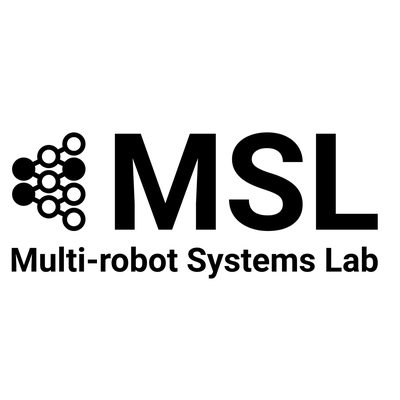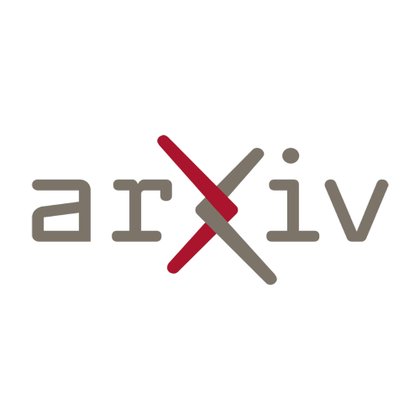
Stanford MSL
@StanfordMSL
Followers
446
Following
3
Media
19
Statuses
45
Stanford Multi-robot Systems Laboratory. Endowing groups of robots with the intelligence to collaborate safely and effectively with humans and each other.
Joined December 2020
[5/5] We show in hardware experiments that LatentToM solves tasks with two decentralized arms as well as a fully centralized bi-manual policy. Paper: Project:
arxiv.org
We present Latent Theory of Mind (LatentToM), a decentralized diffusion policy architecture for collaborative robot manipulation. Our policy allows multiple manipulators with their own perception...
0
0
1
Excited to announce Splat-MOVER for multi-stage, open-vocabulary manipulation, with:.- Semantic and affordance scene understanding.- Scene-editing.- Robotic grasp generation!. Find out more at and join us Friday, 11/08/24, at the #CoRL2024 poster session.
0
0
4
RT @simonlc_: We're excited to present a differentiable physics engine for NeRF-represented objects! We augment object-centric NeRFs with d….
0
126
0

